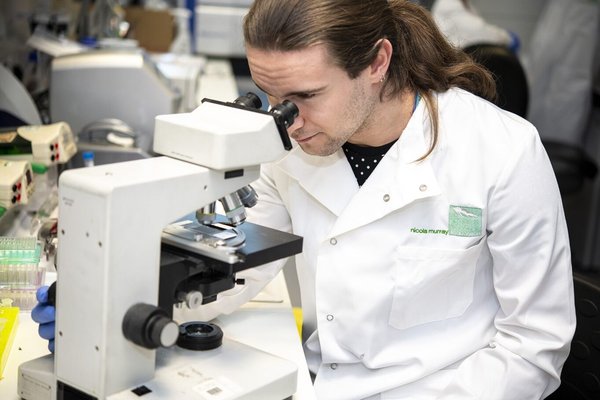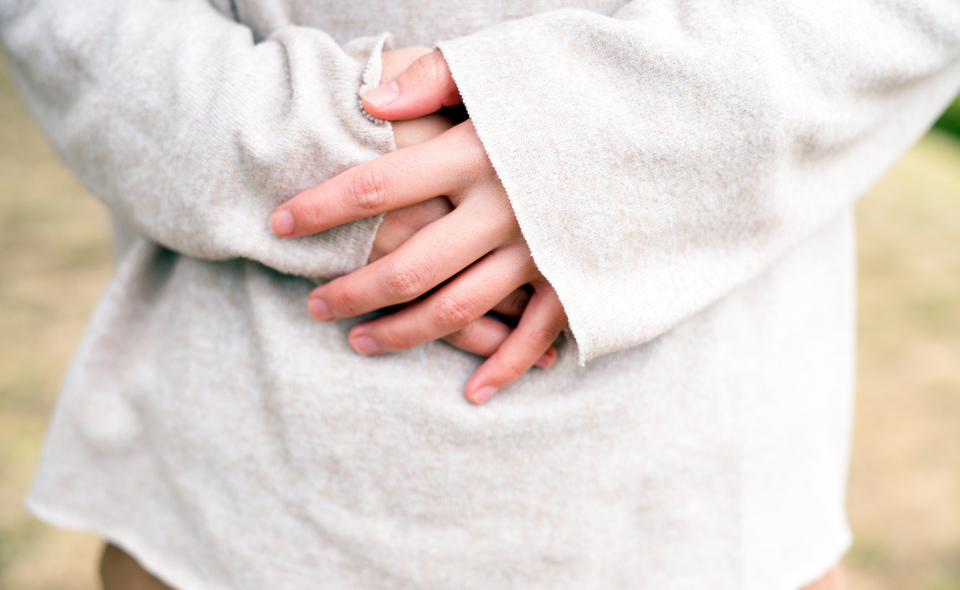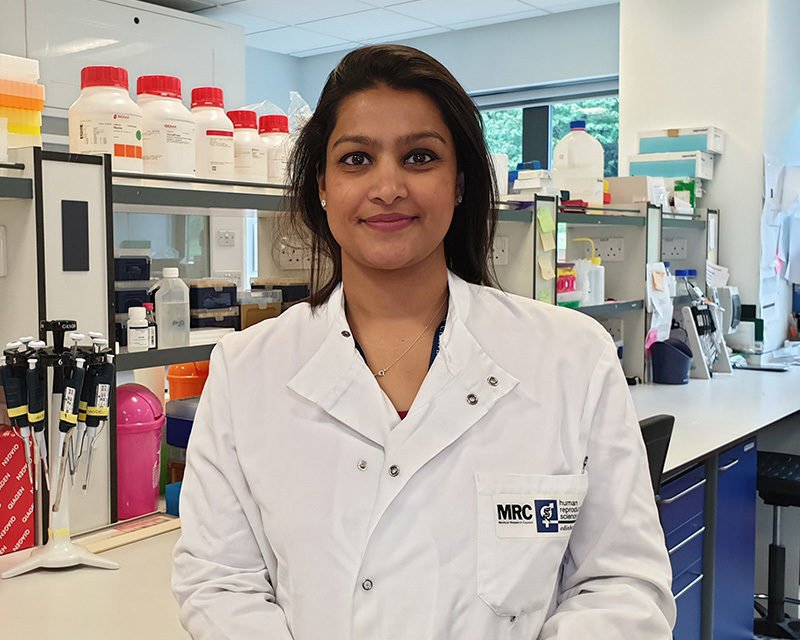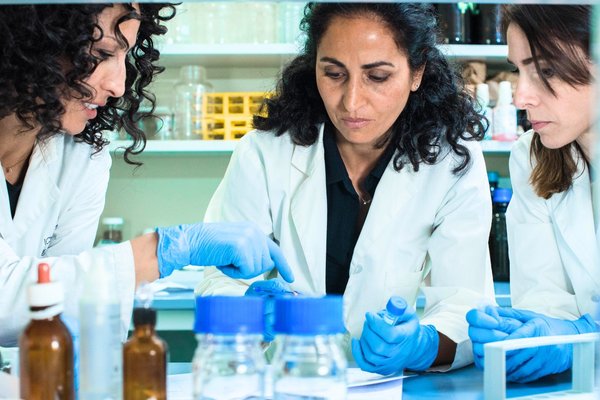
More than £750,000 of new research set to tackle women’s reproductive and gynaecological health challenges
We’re delighted to announce the funding of 17 new research projects tackling health inequalities and spanning the whole life course – from menstruation to menopause, pre-natal to postnatal, and gynaecological cancers.



